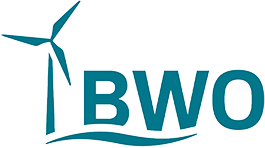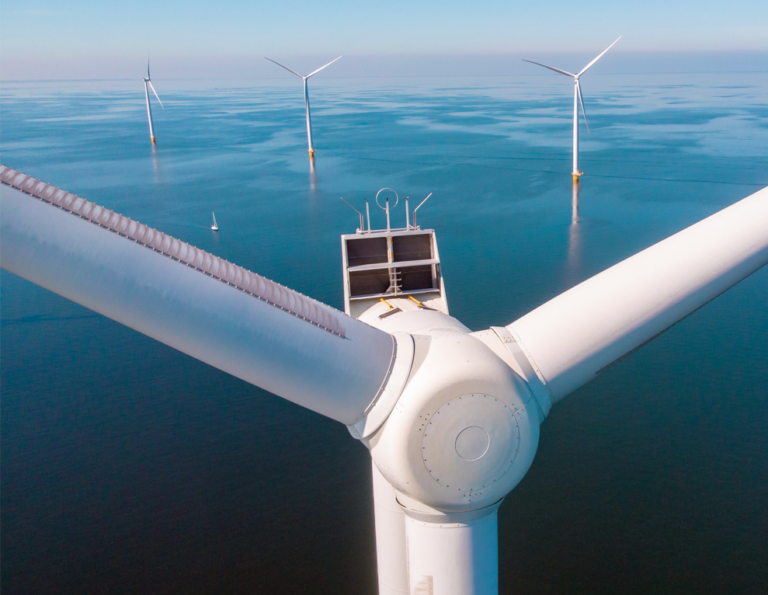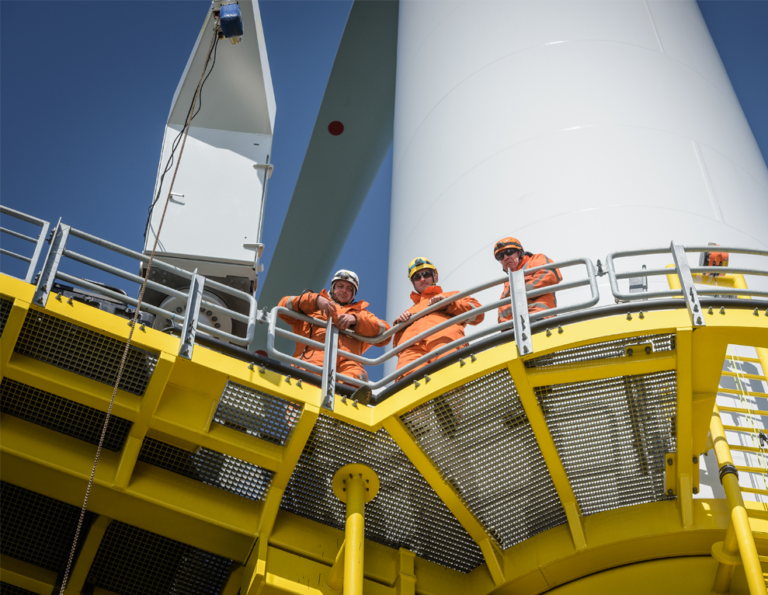Three times zero - Federal Network Agency publishes offshore tender results in 2021
The Federal Network Agency (BNetzA) today announced the results of the tenders for three new offshore wind farms. The total volume of the tender was almost 1 GW, of which 658 MW in the North Sea and 300 MW in the Baltic Sea. “With the 2021 tendering round, the expansion of offshore wind energy in Germany is finally picking up speed again. After the long break, this is a very important impetus for the industry ”, says Stefan Thimm, Managing Director of the Federal Association of Wind Farm Operators Offshore (BWO).
The prices achieved for the projects awarded were closed at 0 cents per kilowatt hour (ct./kWh) and thus far below the fixed maximum price of 7,3 ct./kWh. Since several bidders submitted a 0-cent offer for two of the three spaces, the lot had to be decided for the first time. The contract for the areas N-3.7 (225 MW) and O-1.3 (300 MW) ultimately went to RWE Renewables Offshore Development Two GmbH. EDF Offshore was awarded the contract for the second area in the North Sea, N-3.8 (433 MW). However, entry rights exist for areas N-3.8 and O-1.3, as companies had already developed offshore wind farms there before the introduction of tenders. These can still be used until November 02nd, 2021. The commissioning of the wind farms is planned for 2026.
Update from 04.11.2021:
Both Windanker GmbH and Nordsee Two GmbH have exercised their entry rights vis-à-vis the Federal Network Agency. The surcharge for area O-1.3 is passed by law (§ 43 WindSeeG) to Windanker GmbH and the surcharge for area N-3.8 to Nordsee Two GmbH.
“The lottery system is not a sensible regulatory allocation system because it turns the competitive allocation into a pure lottery. Unfortunately, the federal government failed to introduce contracts for difference (CfD) in last year's reform of the tender design. These have already proven themselves in other countries and would exclude the lottery associated with the 0-cent bids from the outset. The decisive advantage of a CFD system is that the electricity production costs can be reduced by up to 30 percent. This would make the expansion of wind energy at sea much cheaper. The zero cent commandments must not hide the fact that the higher electricity generation costs of the existing system have to be generated through the electricity prices. We very much hope that Germany will also use differential agreements for offshore wind projects when re-evaluating the tender design in 2023, analogous to numerous neighboring European countries, ”said Stefan Thimm.
In the next year, the Federal Network Agency will carry out a tender for the North Sea area (N7.2) with a volume of 930 MW. There is also a right of entry for this area.
The central model was introduced in the course of the amendment of the WindSeeG 2017 and provides that not only the funding and the grid connection capacity are tendered, but also the right to obtain approval for the development of the To apply for areas with an offshore wind farm. A special feature of the tender is the entry rights that were introduced in the course of the conversion of the funding system: With the amendment of the Wind Energy Offshore Act (WindSeeG) 2017, control of existing project rights initially fell to the state, so that this tender for the can carry out further cost-efficient expansion of offshore wind energy. To compensate for this loss, the legislature granted the project developers concerned, who had already invested tens of millions of euros based on the existing legal framework, a right of entry. This right of entry provides that these previous project owners are given the opportunity after the auction to realize their project at the conditions awarded - even if another company has been awarded the contract. The right of entry is therefore the rightful compensation for the lost project rights.



